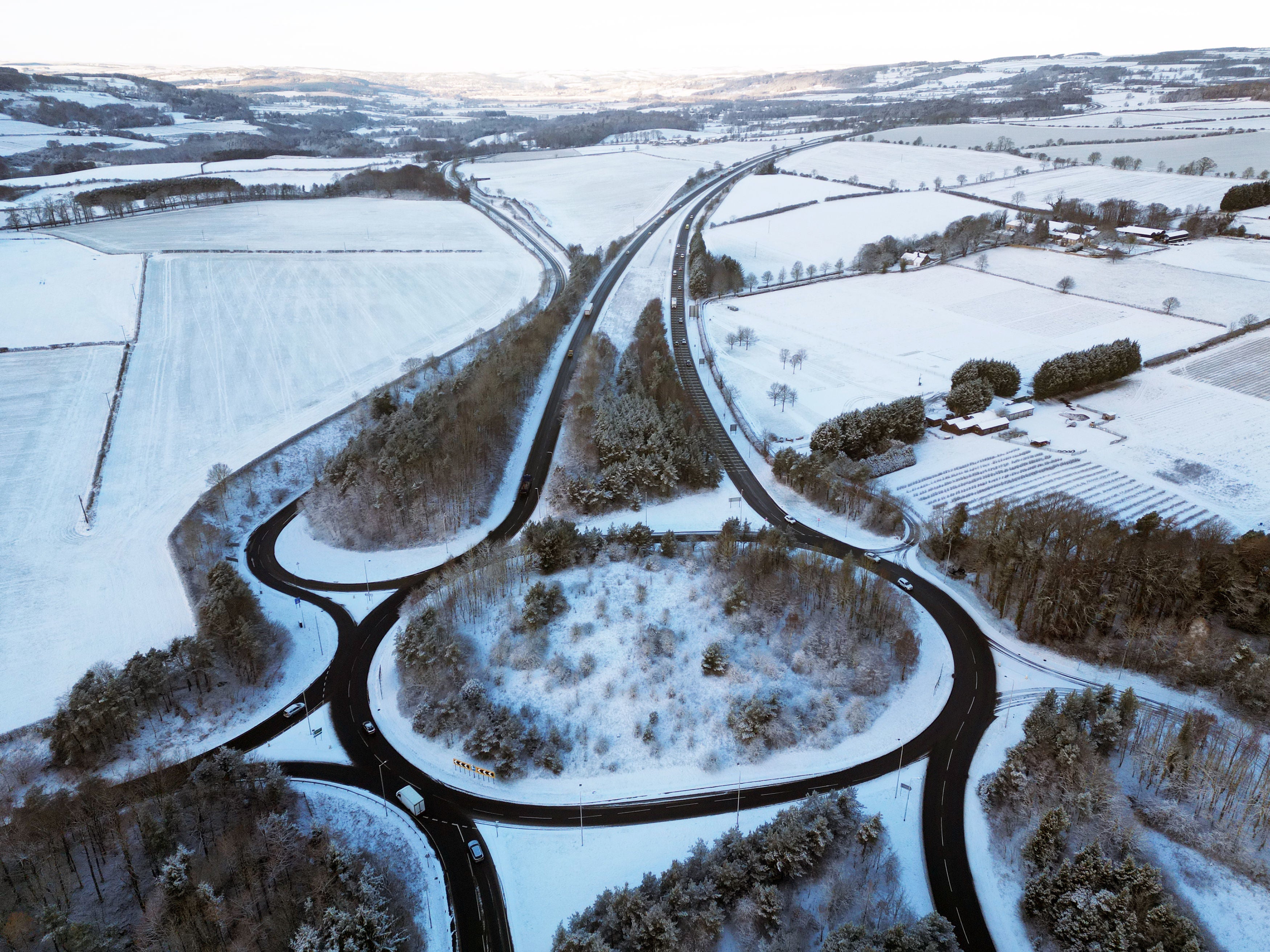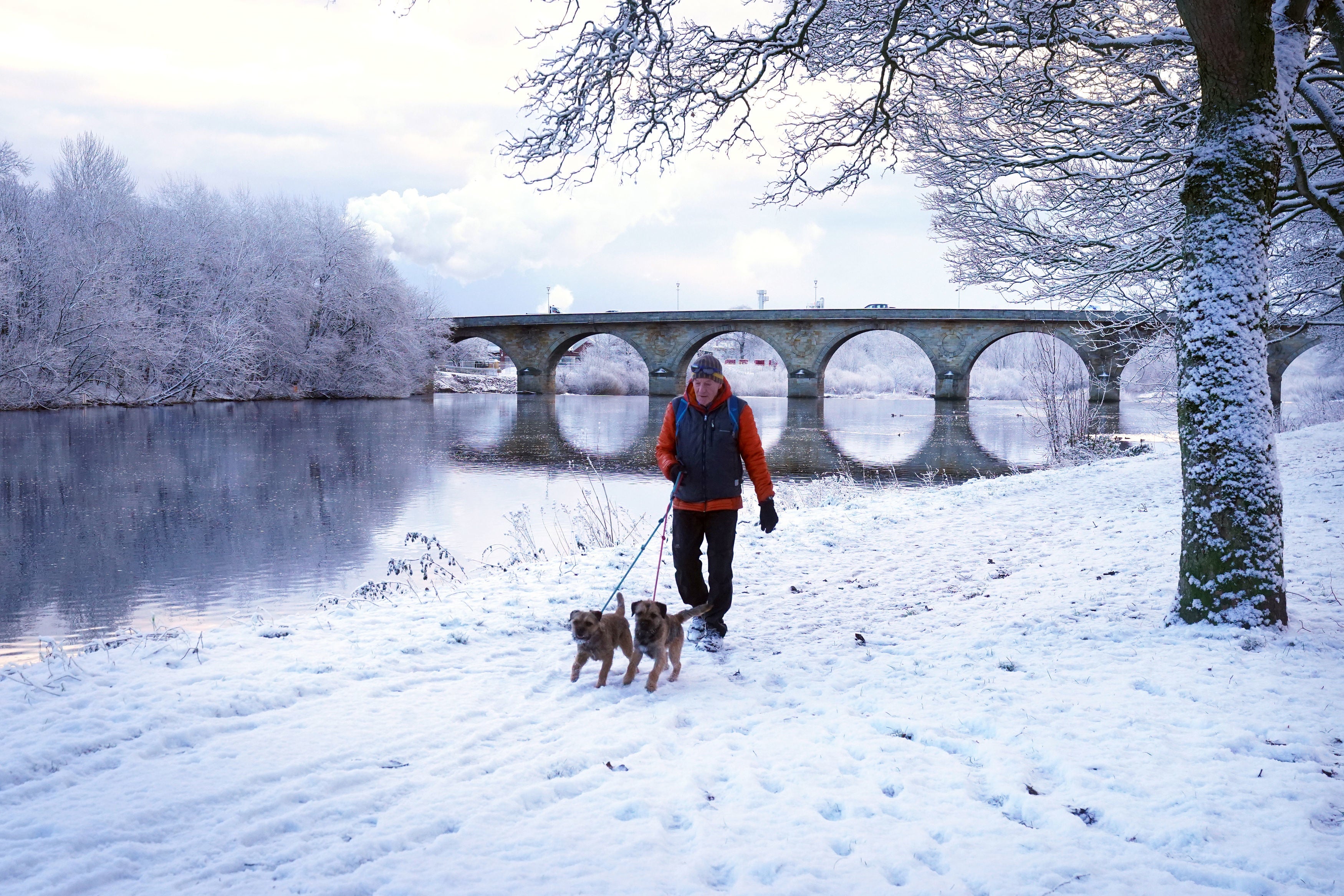When do schools have to close due to snow?
New amber warning for heavy snow issued as the UK recorded the coldest March night for 13 years
Your support helps us to tell the story
From reproductive rights to climate change to Big Tech, The Independent is on the ground when the story is developing. Whether it's investigating the financials of Elon Musk's pro-Trump PAC or producing our latest documentary, 'The A Word', which shines a light on the American women fighting for reproductive rights, we know how important it is to parse out the facts from the messaging.
At such a critical moment in US history, we need reporters on the ground. Your donation allows us to keep sending journalists to speak to both sides of the story.
The Independent is trusted by Americans across the entire political spectrum. And unlike many other quality news outlets, we choose not to lock Americans out of our reporting and analysis with paywalls. We believe quality journalism should be available to everyone, paid for by those who can afford it.
Your support makes all the difference.A second severe weather warning for “persistent, heavy” snow has been issued as the UK recorded the coldest March night for 13 years.
The Met Office warned of significant disruption to transport, power lines and phone network coverage, with the amber alert in place until 9am Friday covering large parts of Wales and the West Midlands. Flood alerts are also in place across the southern coast of England and North Wales.
It follows earlier alerts of blizzard conditions across central and northern England, with warnings that parts of the UK could see up to 40cm of snow.
Wednesday marked the coldest March night since 2010, as temperatures in Altnaharra in the Scottish Highlands dropped to minus 16C overnight.
Snow forced the closure of schools in parts of Devon, East and West Sussex, Hampshire, Somerset and Wiltshire on Wednesday.
On snowy days, primary and secondary schools are advised by the government to make every effort to stay open.
But, occasionally, schools may be forced to close or operate at a reduced level, for example suspending individual classes, as a result of the weather.
At what point would the wintry weather lead schools to close their doors? Here are the key questions and answers:
Who decides if schools should close?
According to the Department for Education, it is at the discretion of individual local authorities to decide whether closure is necessary based on their circumstances.
Usually, schools will have tried and tested policies in place to help them navigate adverse weather conditions.

How should schools and councils inform parents?
Schools will have their own approaches for contacting parents. In many circumstances, they have their own apps and/or messaging services.
Headteachers will try to give parents as much notice as possible but sometimes decisions will be made quite late as circumstances change.
What things should schools consider when deciding whether to close?
The government says local decision-making should be in large part based on common sense.
But there is a wide range of things that schools will consider, including staffing levels (if transport issues prevent teachers from getting to work, for example), safety conditions around the school, temperatures in school buildings and any heating system failures.

How cold does it have to be for schools to close?
According to the Education (School Premises) Regulations Act (1999), all school buildings must have a heating system to warm the rooms to the appropriate temperature.
If the temperature outside the school is -1C or below, the building’s heating system should be able to reach the following temperatures at a height of 0.5m above floor level.
- 21C in areas with less physical activities like sick rooms or isolation rooms
- 18C in areas for teaching, private study or examinations
- 15C in areas with higher than normal levels of physical activity like spaces used for physical education, washrooms, sleeping accommodation and circulation spaces




Join our commenting forum
Join thought-provoking conversations, follow other Independent readers and see their replies
Comments